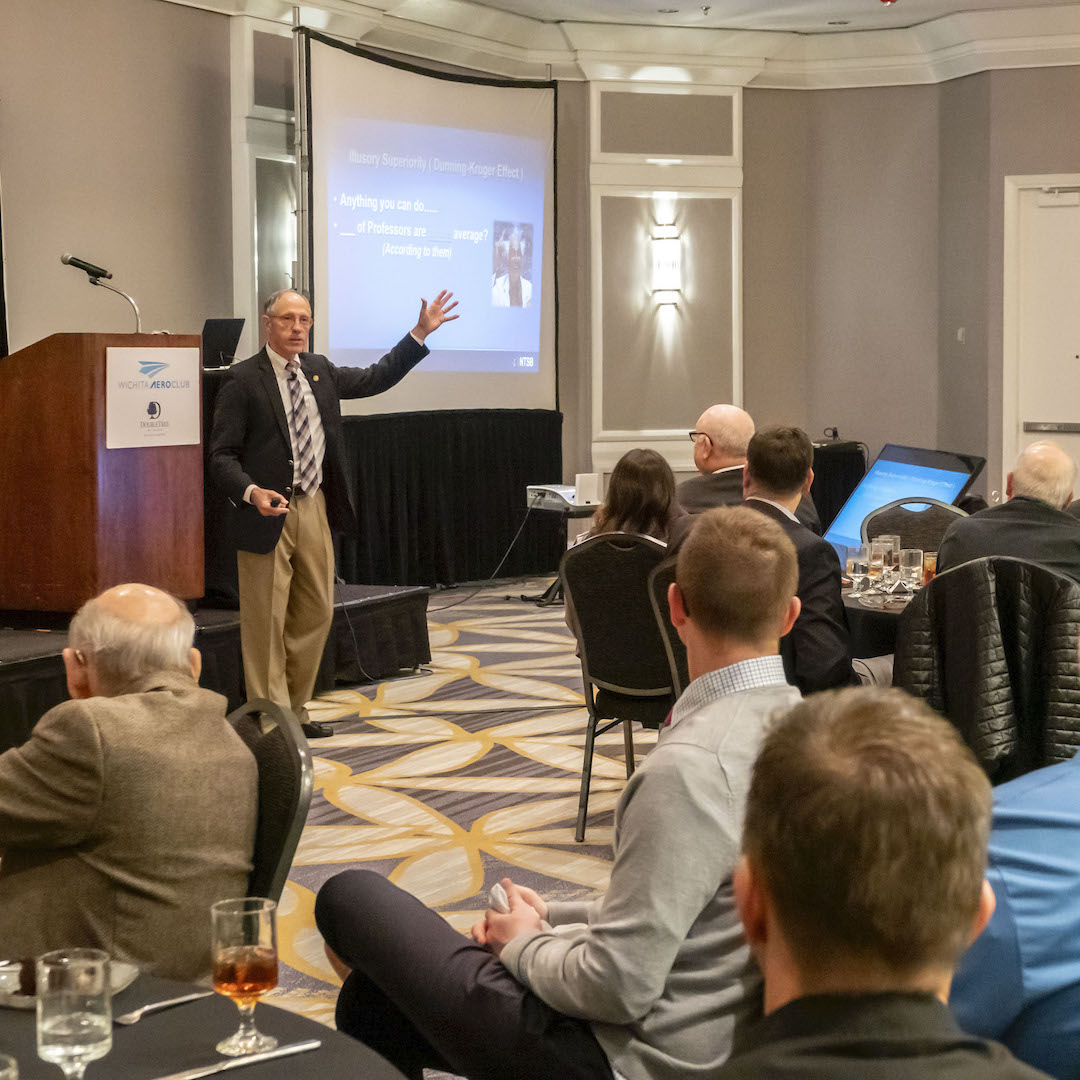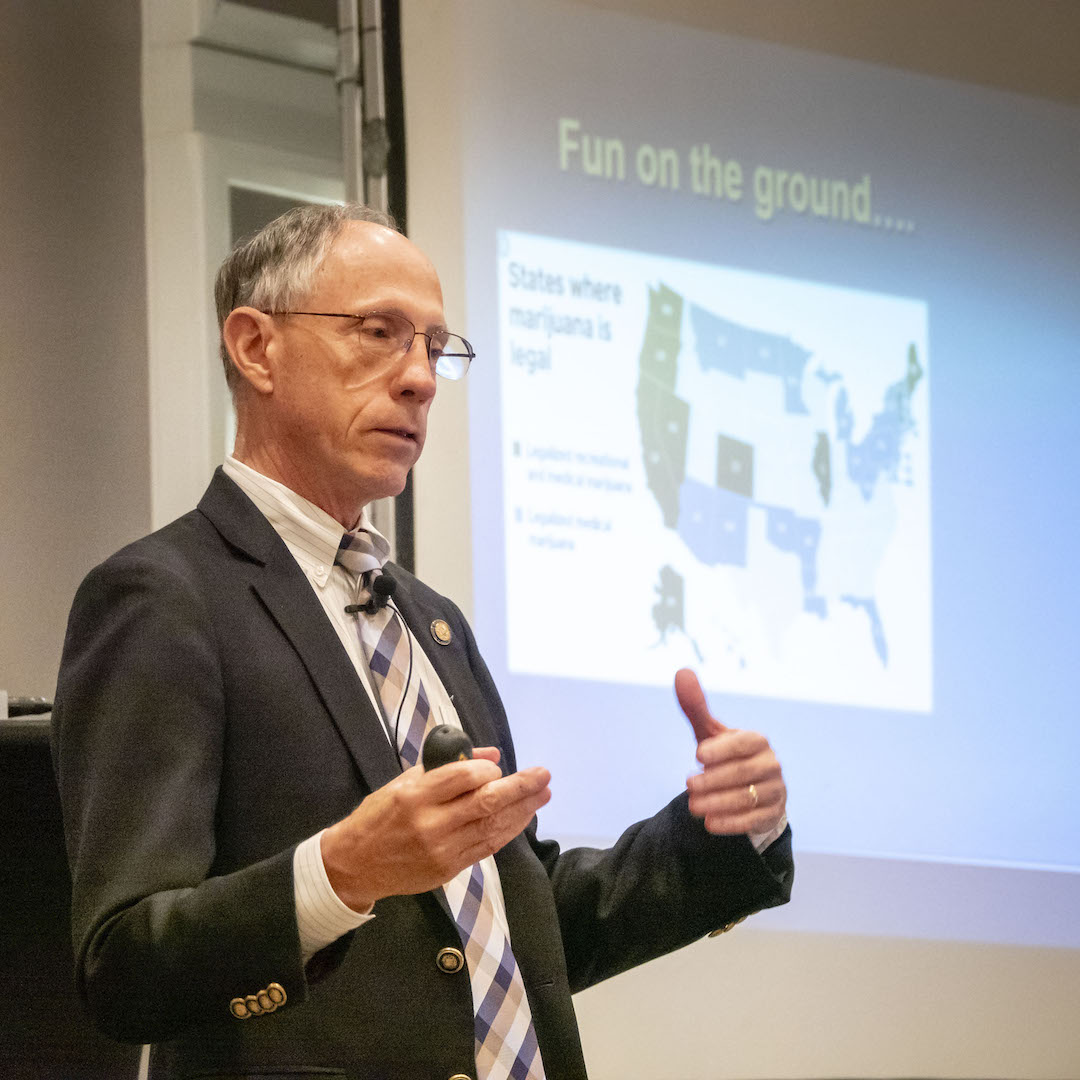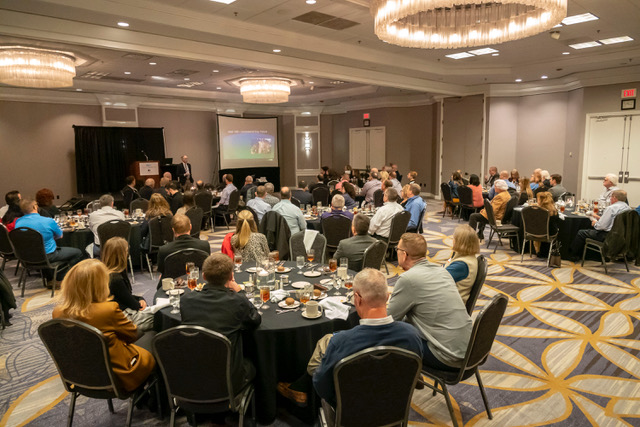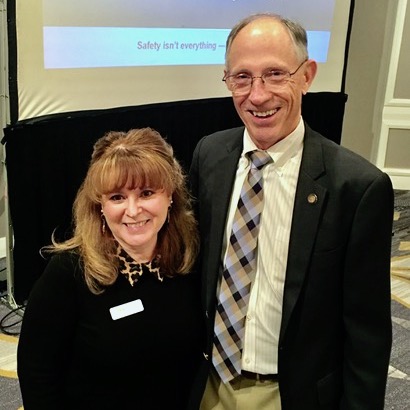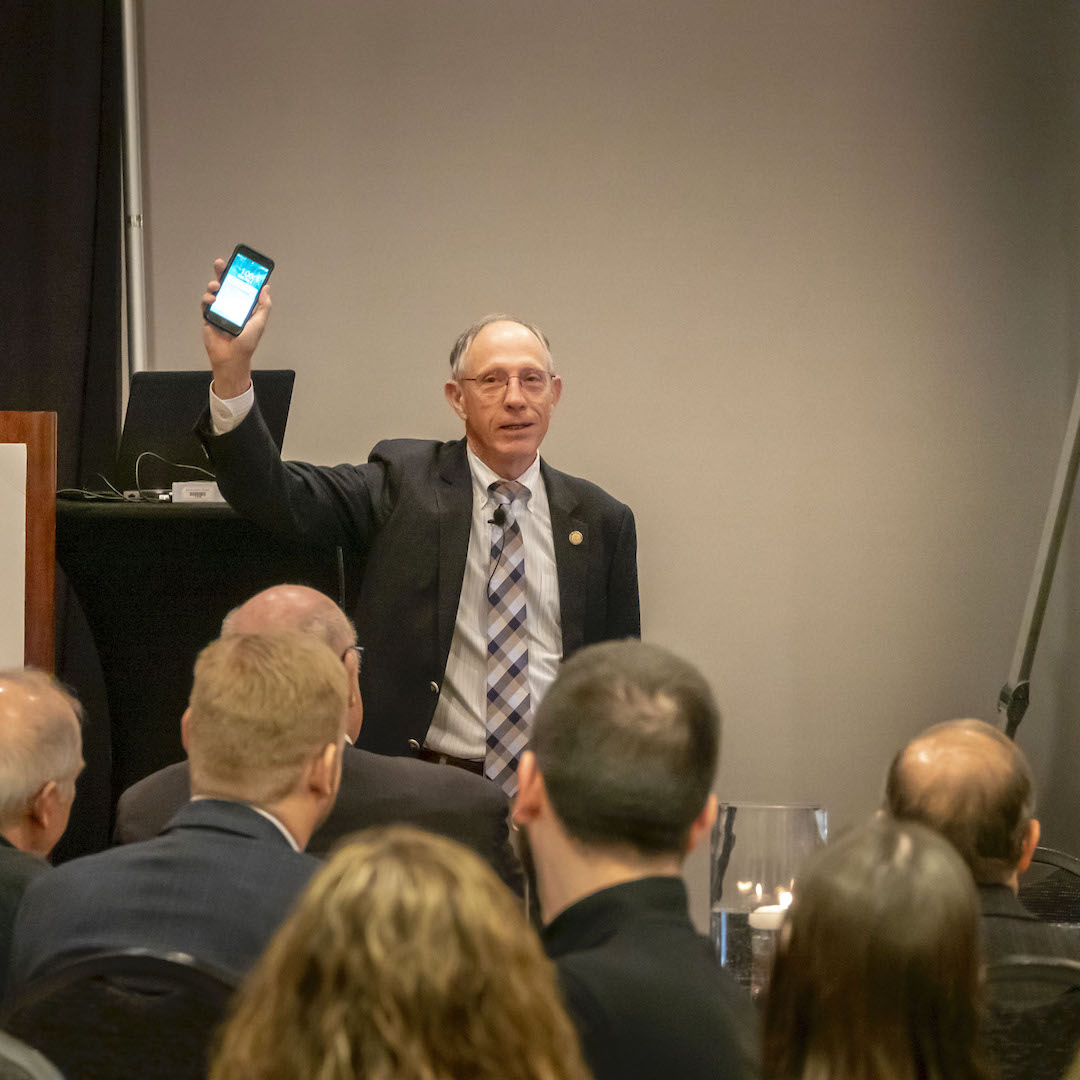See Clearly in 2020
Even if you’re not one to make New Year’s resolutions, there’s something about a clean calendar that invites reflection and resolve. Not just for you personally, but for your brand.
Strive for 20/20 Vision
20/20 doesn’t mean perfect vision, but it does indicate things look pretty sharp to you at a distance. That’s good. Keep your eye on the road and what you hope to see. Picture success then reverse engineer the path that takes you there. A compelling vision, backed by a plan and a talented team, can accomplish almost anything.
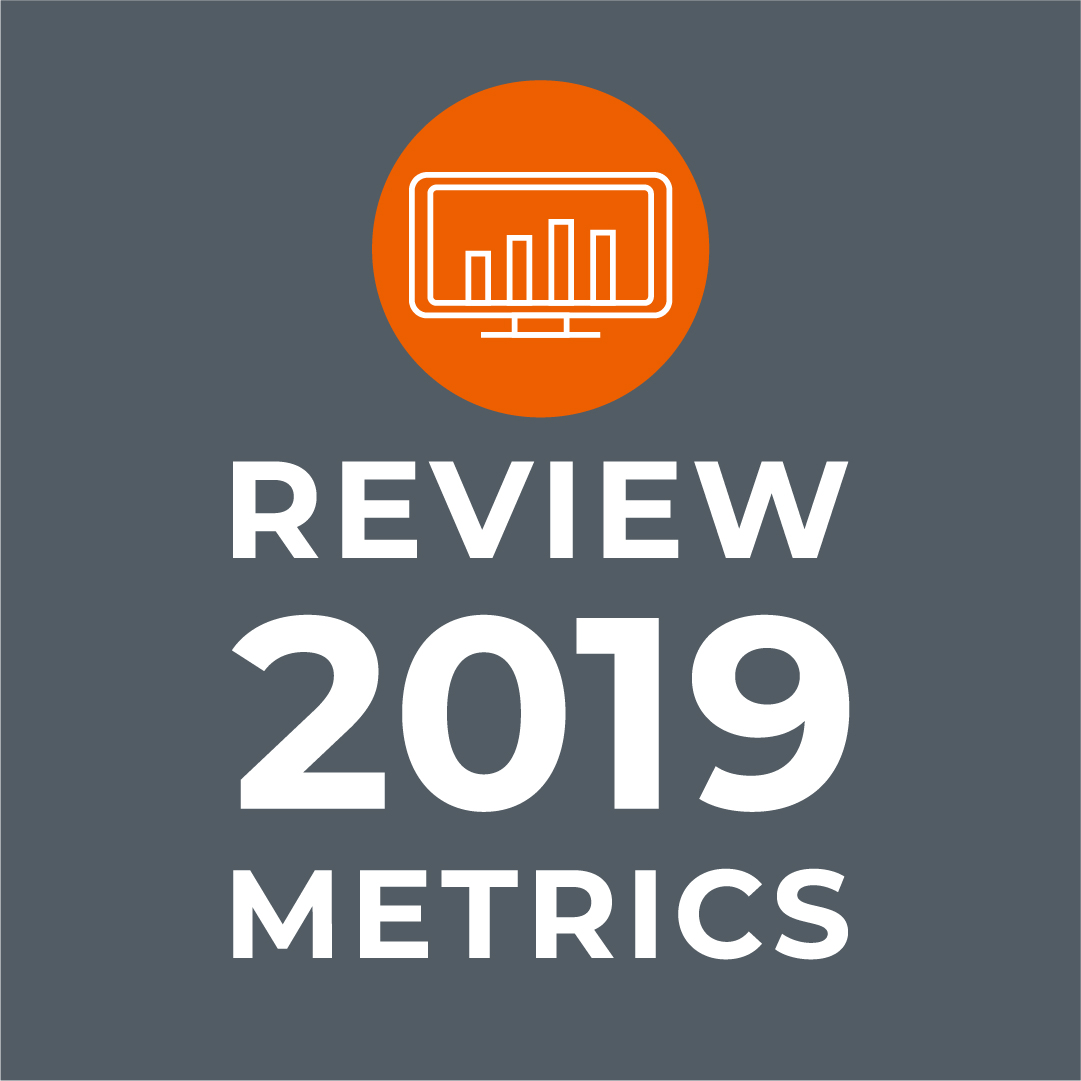
Start by Looking Back
Pull up your metrics for 2019. Do any themes emerge? If you see a feast-famine approach to media coverage, ask yourself if there’s a way to keep editors and reporters more consistently in the know. Examine campaigns and how they performed.
Get together with your team and discuss what went well and what didn’t. The busts can teach you more than the wins. Talk about your goals and benchmarks for success in the new year. What changes should you make to get even more oomph from your efforts?
Talk to your company leadership. Suggest your approach for the year with a high-level content calendar that shows how you plan to repurpose content across your owned (think blogs and website) and shared (social media) channels. Get input and buy in.
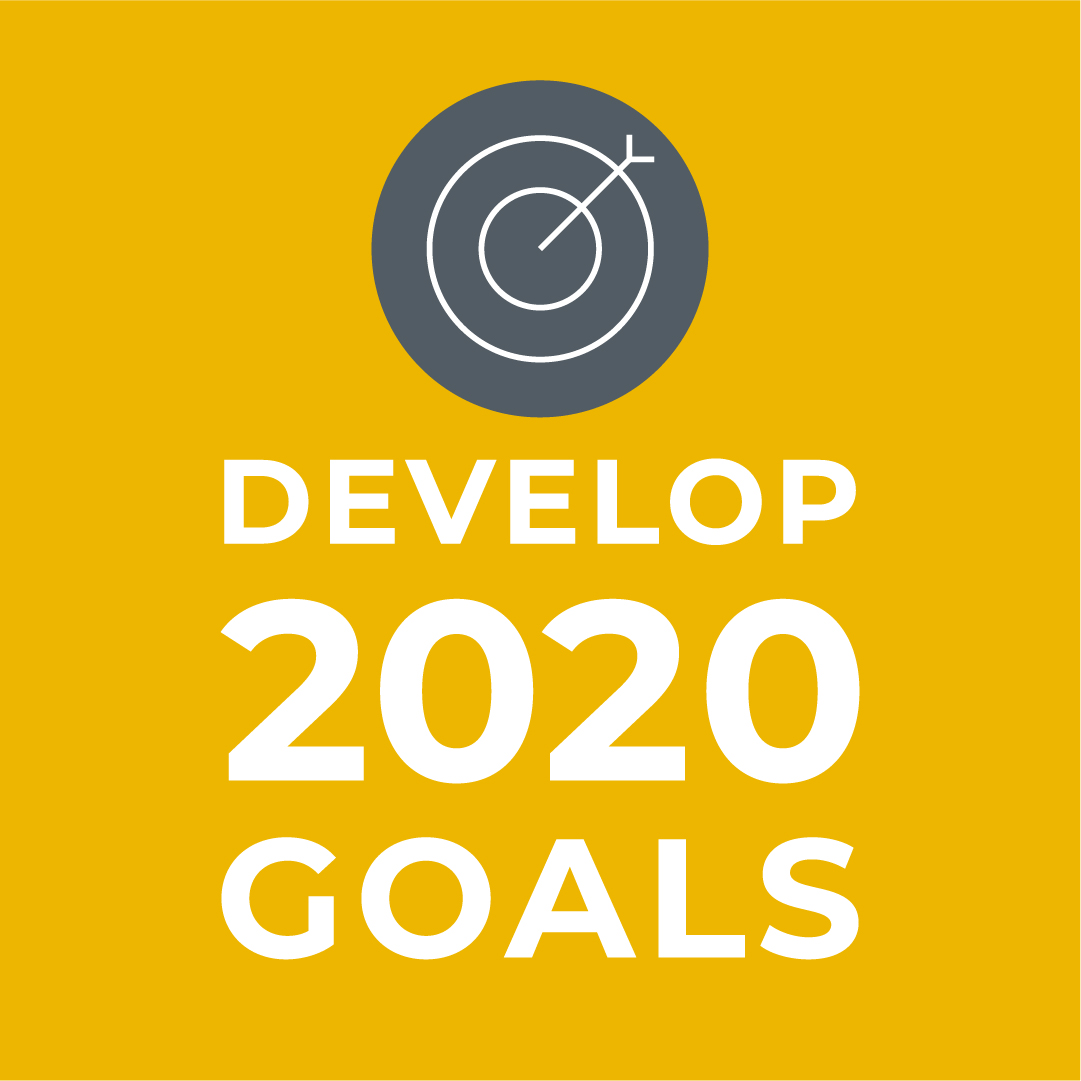
Turbocharge Your Messaging
Could this be the year your double down on the content you create? Help the people who need your offerings to find you. Build in wayfinding bread crumbs using search engine optimization (SEO) to attract the right prospects to your virtual door. That means solving problems. Use blog posts, case studies and more to pull people in and show how you can help.
Take a critical review of your website. Even better, put together a simple questionnaire and send it to key stakeholders. Ask them what they think of your site. Can they quickly find what they need? Does it appropriately reflect your brand? Do they feel secure making transactions on it, such as booking a charter flight or scheduling training?

Use Technology, But Don’t Forget the Basics
Artificial intelligence (AI), chatbots and virtual reality can improve interactions, increase understanding and add a decidedly cool factor. As marketers, these new tools make us giddy with possibility. Use them wisely, supported by the hard-won lessons from early in your career. Keep messages simple and visuals strong. And remember why you’re doing this. To build trust through a relationship that grows and strengthens with time. A 1913 ad guaranteeing an on-time aerial performance by Clyde Cessna sums it up: “No disappointments.”
